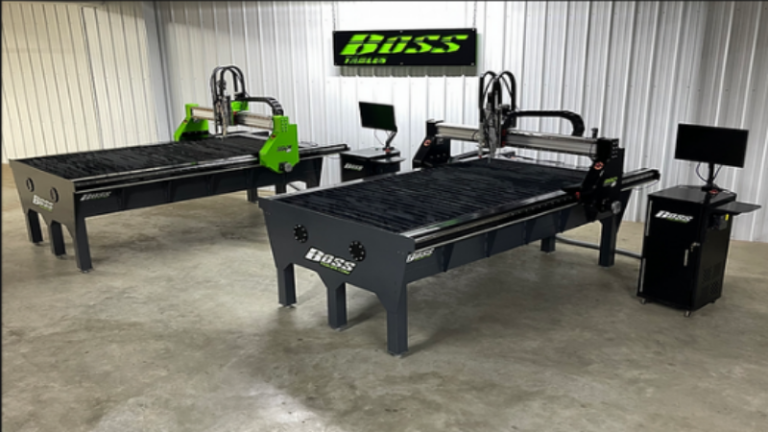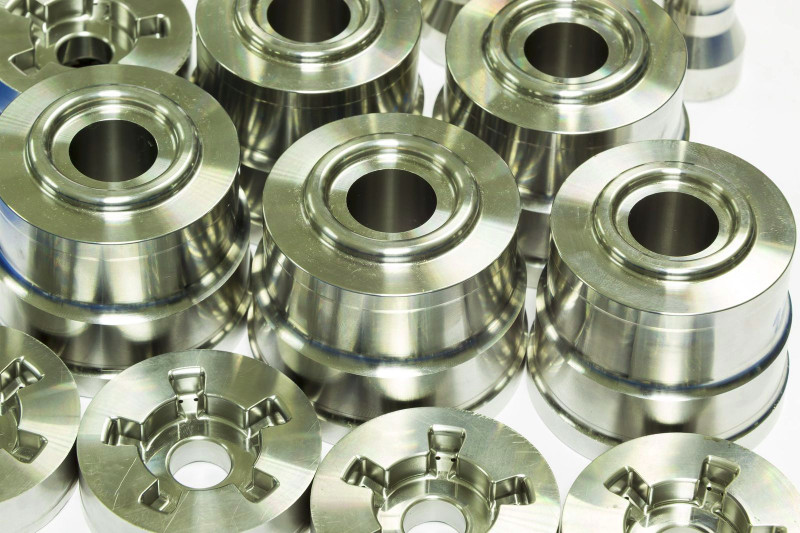cnc swiss turning is one of the newest and most interesting advances in the CNC field. Keep reading for some more information on the differences between this method and more traditional ones.
Axis Differences
With CNC Swiss turning, the z-axis motion comes from the motion of the stock, not the tool. The affects the nature of programming offsets. On traditional models, the stick actually sticks out from the chuck at a specified length, whereas with the Swiss machine, the turning tool remains still as the stock advances.
Oil vs. Water
Most CNC Swiss turning machines use oil as opposed to water for the cutting fluid since the lubricity is greater. This allows freedom from bacteria that cause terrible odors, as well as from the prune-like hands that often come with being exposed to water-based coolants for the whole day. However, oil is not as effective at dissipating heat, so Swiss machine cutting can get hot pretty quickly. It is definitely prudent to add a fire-suppression system to the machine.
Machining Cycles
New users are often impressed with how fast they can get work done with Swiss machines. Conventional CNC lathes typically have three or four axes, while Swiss machines can have anywhere from seven to thirteen. This means that parts can be completed in one cycle that before required multiple operations or machines.
Cut Changes
The order of cuts in the cycle is also different between Swiss and traditional turning methods. On conventional lathes, it is typical to rough finish and then finish turn the work, later machining features like OD grooves or threads to complete the part. With Swiss types, however, you must segment the part into sections, otherwise the bar stock would fall out of the guide bushing when the stock is retracted. This means usually machining in .750-inch segments.
Guide Bushing
Guide bushing is very important with Swiss-type machines, as sizing is essential. If you use the wrong size guide brush for the job, there could be concentrically errors in the work. Also keep in mind that you’ll need the right material guide bush for the project, realizing the potential for interaction with the workpiece material.

